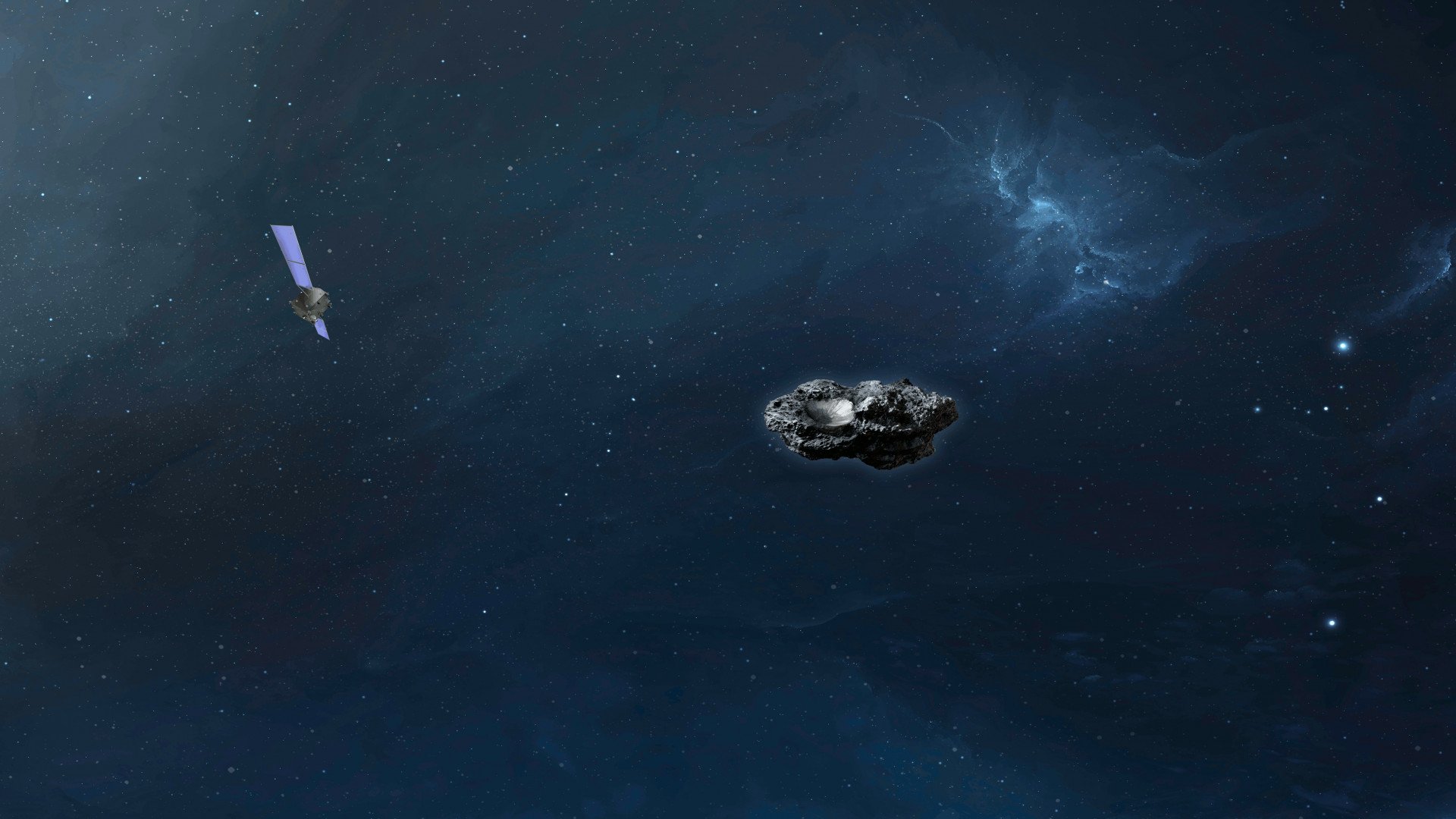
Value created by ESA's planetary defence initiative and Hera asteroid deflection mission • Oct 2020
In view of preparing Space 19+ and in order to inform decision makers on the impact of their investment on the European economy and society, ESA has conducted several studies to assess the socio-economic benefits of its programmes.
One of these assessments evaluates the socio-economic benefits enabled by the Planetary Defence Programme, part of ESA’s Space Safety Programme and in particular the Hera asteroid deflection mission. With the objective to develop capabilities and technologies to detect, assess and deflect objects on collision route to Earth, ESA’s Planetary Defence roadmap foresees key tasks in the following areas:
- Threat detection and risk analysis; and
- Prevention, mitigation and protection (including Hera mission).
Hera is the European component of the Asteroid Impact and Deflection Assessment (AIDA) collaboration with NASA. Its main objective is to characterise the outcome of a kinetic impactor test system (performed by NASA’s Double Asteroid Redirection Test DART mission to be launched in 2021 on a SpaceX launcher) on the smaller companion (Didymoon) of the Didymos binary asteroid and to provide the necessary physical and dynamical data to fully validate the kinetic impactor asteroid deflection technique (so as to be applicable to other asteroid targets). In addition, Hera will investigate relevant future in-situ resources utilisation activities, as well as gather scientific insights on the evolution processes of our solar system. In summary, Hera combines a broad range of objectives, both technical and scientific.
In terms of economic impacts, investing 290 Million Euros into the Hera mission will support the European industry by strengthening their technology advantage, and thus, their competitiveness to target promising adjacent space markets with a total addressable opportunity ranging between 12 and 16 billion Euros by 2038.
Considering the indirect and induced impacts on the economy, this would result in a GDP impact (value-added for the industry and the overall economy) of ca. 620 million Euro cumulatively, and a Hera mission’s Value-Added to Cost ratio of 2.0. This means that for every Euro invested in ESA’s Hera mission, the society will benefit from ca. 2 Euros in value-added.
This study was conducted by SpaceTec Partners and was completed in May 2020. To access the document and more detailed information, please click here or login to access the restricted area.
